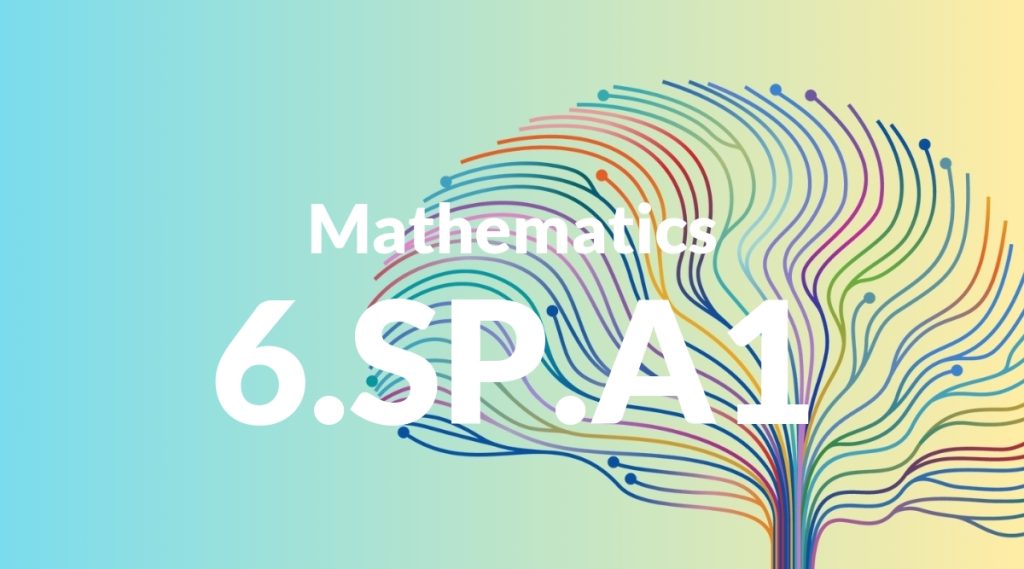Standard: 6.SP.A1 – Recognize a statistical question as one that anticipates variability in the data related to the question and accounts for it in the answers. For example, ‘How old am I?’ is not a statistical question, but ‘How old are the students in my school?’ is a statistical question because one anticipates variability in students’ ages.
Grade level: Grade 6
Subject: Mathematics
Domain: Statistics & Probability
Teacher Overview
This standard focuses on recognizing statistical questions, which is crucial for understanding data variability. It sets the foundation for more advanced statistical analysis in later grades. Students should have a basic understanding of data collection and variability, and be familiar with simple statistical terms like mean, median, and mode.
After mastering this standard, students will be able to analyze and interpret data distributions, understand measures of central tendency, and make inferences based on data.
Common Misconception 1
Students may think any question involving numbers is a statistical question. This is incorrect because not all numerical questions anticipate variability.
Intervention 1
Provide examples of non-statistical questions and explain why they do not involve variability. Use real-world examples to illustrate the difference.
Common Misconception 2
Students may not understand that statistical questions require data from multiple sources. They might think a single data point is sufficient.
Intervention 2
Use group activities to collect data from various sources and discuss how the data varies. Emphasize the importance of multiple data points in statistical analysis.
Prerequisite Knowledge
Students should understand basic data collection methods and the concept of variability. They should also be familiar with simple statistical terms like mean, median, and mode.
Subsequent Knowledge
Students will develop skills in analyzing and interpreting data distributions, understanding measures of central tendency, and making inferences based on data.
Instructional Activities
- Conduct a classroom survey on favorite fruits and analyze the data.
- Collect daily temperature data over a month and create a graph.
- Compare heights of students in different grades and discuss variability.
- Analyze test scores from different subjects and identify patterns.




